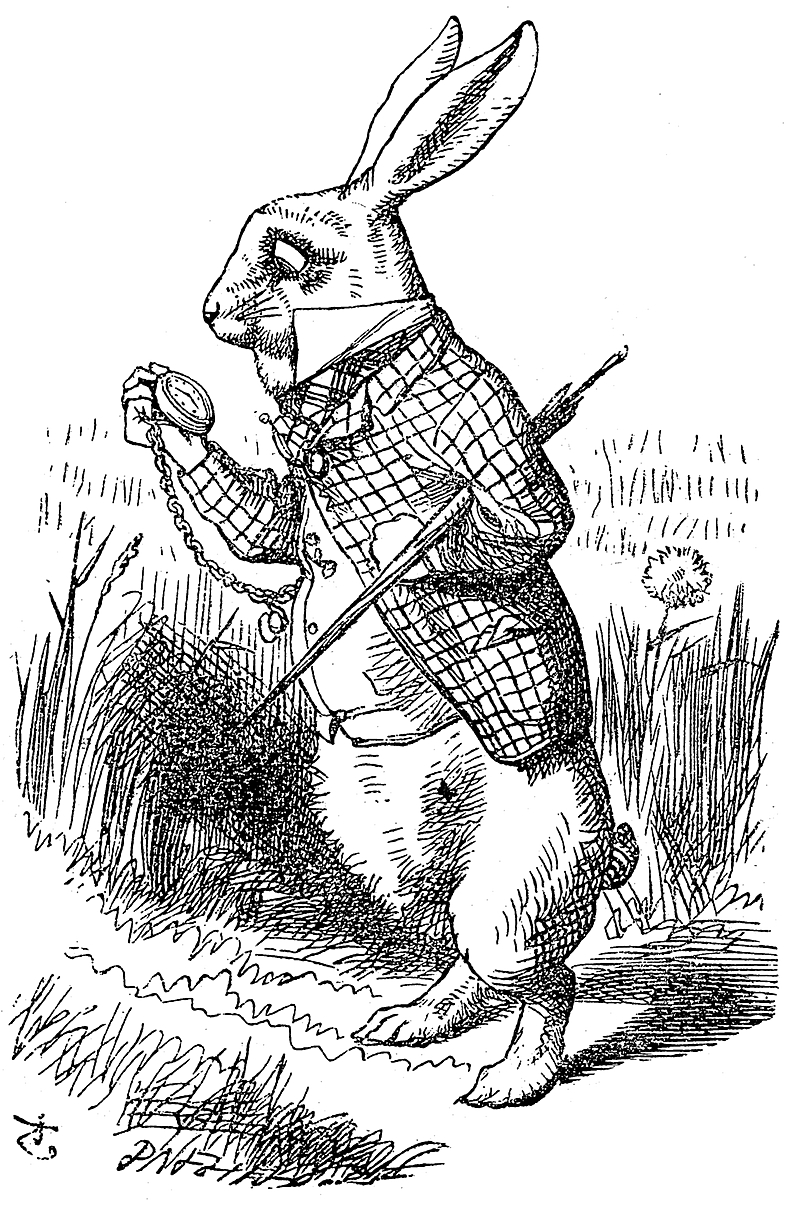 nt, however, is the conflict of interactions between characters from different social classes and the interplay between authority figures and their subordinates. Examples of this are the white rabbit and his maid, the queen and king of hearts, and the train conductor, among others. Not only do these people treat Alice and the other characters with disrespect and authoritarian attitudes, they often condescend towards Alice because she is an outsider and a little girl. From this perspective, I see Alice not as the source of intolerance but as the target of it.
nt, however, is the conflict of interactions between characters from different social classes and the interplay between authority figures and their subordinates. Examples of this are the white rabbit and his maid, the queen and king of hearts, and the train conductor, among others. Not only do these people treat Alice and the other characters with disrespect and authoritarian attitudes, they often condescend towards Alice because she is an outsider and a little girl. From this perspective, I see Alice not as the source of intolerance but as the target of it.The white rabbit is very condescending and intolerant.
source:http://preaprez.files.wordpress.com/2009/08/white-rabbit1.jpg
source:http://preaprez.files.wordpress.com/2009/08/white-rabbit1.jpg
I don’t blame Alice for getting flustered by this treatment. When she first meets the caterpillar he is very bossy and condescending to her, and she is just lost and confused. He is extremely reactionary and causes Alice to wish “the creatures wouldn’t be so easily offended! (53)” Generally, the wonderland creatures are more intolerant of Alice then she is of them, though she may make a few faux-pas simply by way of being ignorant of the strange social conditions of wonderland.
The characters are also intolerant of each other especially in terms of social justice and authority. The monarchs throughout the books definitely have issues with stereotyping based on appearances. An instance of this is the king of heart’s treatment of the cheshire cat, when he responds to his appearance by saying “I don’t like the look of it at all,” said the King: “however, it may kiss my hand, if it likes (86).” Thus the king and other characters do not respond well to diversity at all, as they see most everyone beneath them, including Alice.
I think a primary motivator behind this intolerance of diversity is fear. The king is afraid of the floating cat head and so treats it with disdain. Likewise, when Alice encounters the animals on the train in looking-glass land, she is at first afraid and hesitant to interact with them. She feels uncomfortable because “it was a very queer carriage-full of passengers altogether (171).” When she meets the gnat later in the forest, she admits “I don’t rejoice in insects at all… because I’m rather afraid o
Alice is frightened in a strange world.
source:http://a7.vox.com/6a00ccff930f92d756011016297207860c-320pi
Although I feel like Alice is judged more than she judges, it is true that she slowly learns to be more comfortable in her new and strange environment and thus more accepting of the creatures there. By the end of Through the Looking Glass, when characters are morphing all around her, “at any other time, Alice would have felt surprised at this, but she was far too much excited to be surprised at anything now (266).” By the end, Alice has become acclimated to the constantly shifting and new world she’s in, and is no longer afraid or in contempt of the things she doesn’t understand. I think this is a lot like the college experience. At first we may be overwhelmed by constantly being exposed to new things and people, and we may never be able to fully grasp and appreciate all that’s going around us, but eventually we become accustomed to that way of life and try to make the most of it.
No comments:
Post a Comment